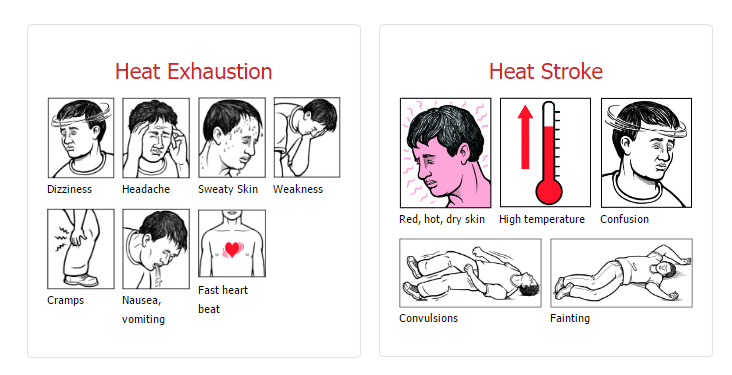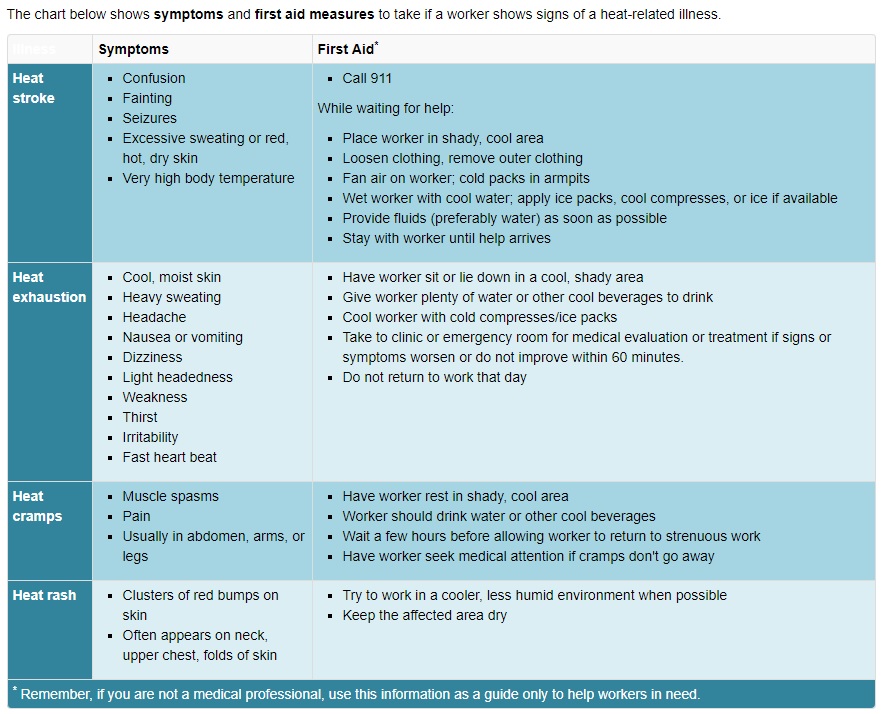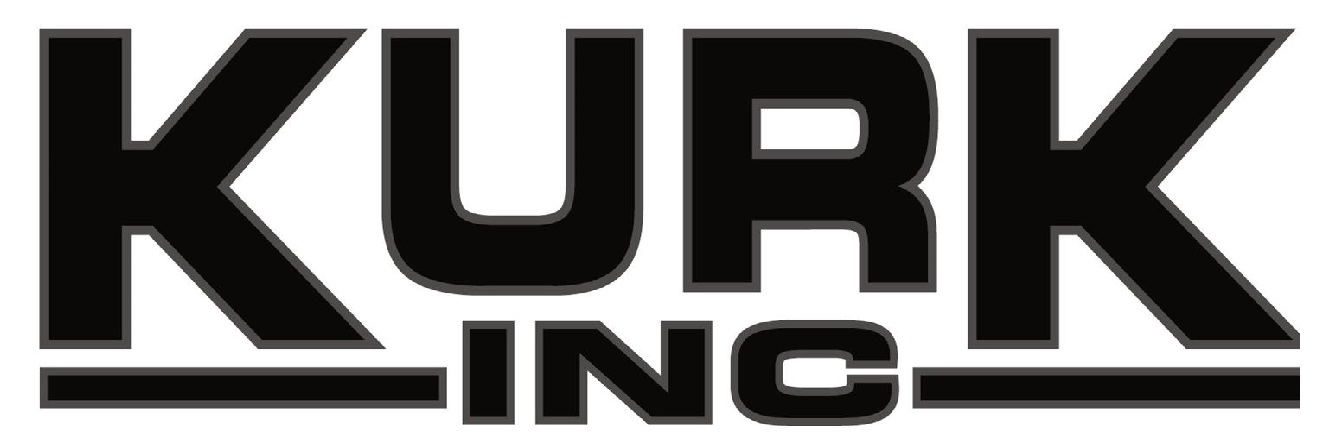With temperatures escalating and an excessive heat warning in place, it’s critical that we all put heat safety first by protecting ourselves from the dangers of excessive heat. Heat stress is a legitimate concern that we all need to pay attention to. Heat illnesses and deaths are preventable when appropriate measures are taken.

In 2011, OSHA launched the Heat Illness Prevention campaign to educate employers and workers on the dangers of working in the heat. The safety message comes down to three key words: Water. Rest. Shade. Learn more about workplace heat safety here.
Beat the Heat With These Tips For Heat Safety
Whether at work or spending time outdoors at home, heat safety should be a priority for everyone.
Hydrate
The first and most important heat safety tip is to stay hydrated – before, during, and after spending time outdoors. When spending time outdoors in the heat, you should drink 2-4 cups of water every hour – even if you’re not thirsty. Sports beverages are a good option to replace electrolytes lost during periods of prolonged sweating.
Avoid Alcohol & Caffeine
Alcohol, caffeine, and sugary beverages offer minimal hydration. These types of beverages can actually increase your risk for heat stress. It’s also a good idea to cut back on tobacco use.
Modify Your Work Schedule
In extreme heat conditions, it is best to consider rescheduling your work to cooler part of the day. If you’re working at home, could certain tasks be done in the morning or evening, avoiding the hottest parts of the day (10 am -2 pm)?
When work schedules cannot be changed, everyone needs to watch more closely for signs of heat illness and take more frequent breaks to rehydrate and cool down.
Rotating job functions among workers can help minimize overexertion and heat exposure.
Choose Your Clothing Carefully
When working outside during hot weather, choose light colored, loose fitting, breathable clothing. Cotton shirts are a good choice as are new engineered fabrics that provide a cooling effect and absorb sweat. Wide brimmed hats can protect your head, neck, eats, eyes, and nose from direct sun exposure. Sun block with a minimum of 30 SPF should be reapplied throughout the day to keep exposed skin protected from UV rays.
Rest & Shade
Working in the full sun can increase heat index values by 15° F. A critical part of heat safety while working outside is taking time to rest in the shade and rehydrate. This allows your body to properly cool down.
Stay Alert for Heat Exhaustion
Heat illness symptoms should not be ignored. If you see someone exhibiting any signs of heat illness, action should be taken to cool the person down.
The Occupational Safety and Health Administration (OSHA) offers the diagrams below to help monitor signs of illness.

Early Symptoms of Heat Illness
If you notice someone exhibiting these symptoms: lethargy, disorientation, stumbling, dropping tools, slurred speech, it’s time to take action. Help this person to shade or a cooler area.
Progression of Heat Illness
Heat exhaustion leads to heat cramps and is followed by heat stroke. You can learn more about heat related illness and first aid on the OSHA website.


